ESP32-S3 as a USB Audio Device
That’s right, folks – it’s time for an audio project.
I’ve been testing out my new boards - so far everything is going well.
First Tests – LEDs, Sensors, and Battery Charging
So far, so good:
- The RGB LED needed a small ninja fix. I put in a common cathode LED when it should have been common anode (or was it the other way round? Either way… fixed!).
- The accelerometer and gyroscope worked nicely, letting me build a digital twin of the board.
- The battery charger worked perfectly – no wires required while moving the board around for testing.
With that out of the way, it was time for the fun part: microphone and speaker tests.
Testing the Microphone
The board has:
- An I²S PDM microphone
- An I²S PCM amplifier
- A tiny speaker
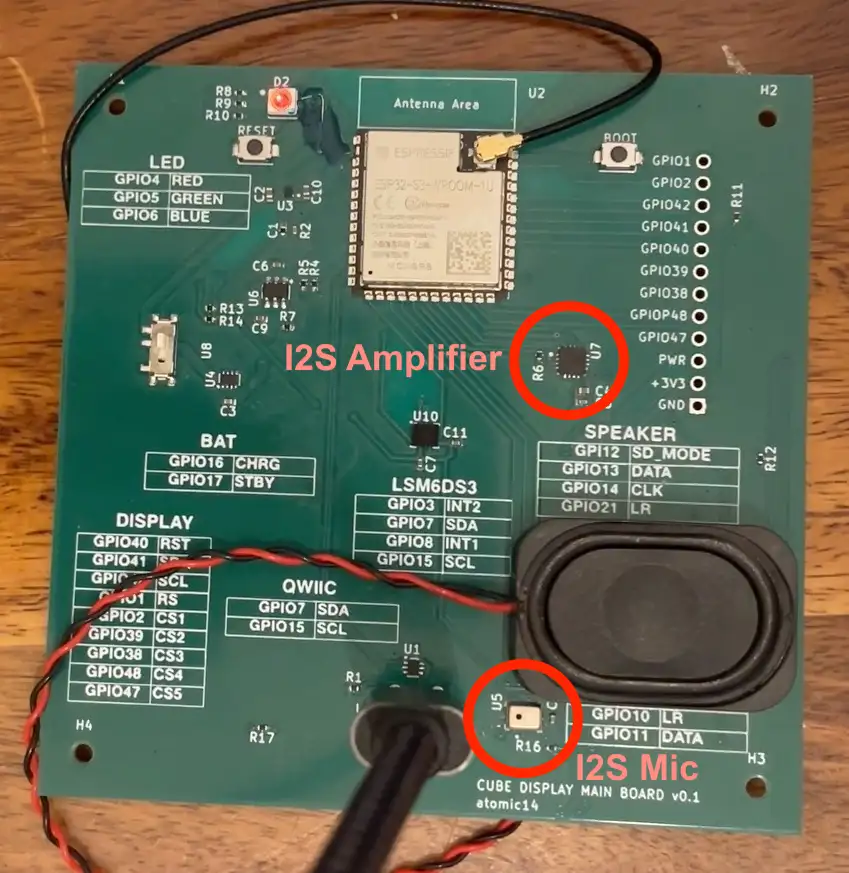
My first thought: make it into a Bluetooth audio device. Unfortunately, the ESP32-S3 only supports Bluetooth Low Energy, not Bluetooth Classic – and BLE doesn’t do audio streaming.
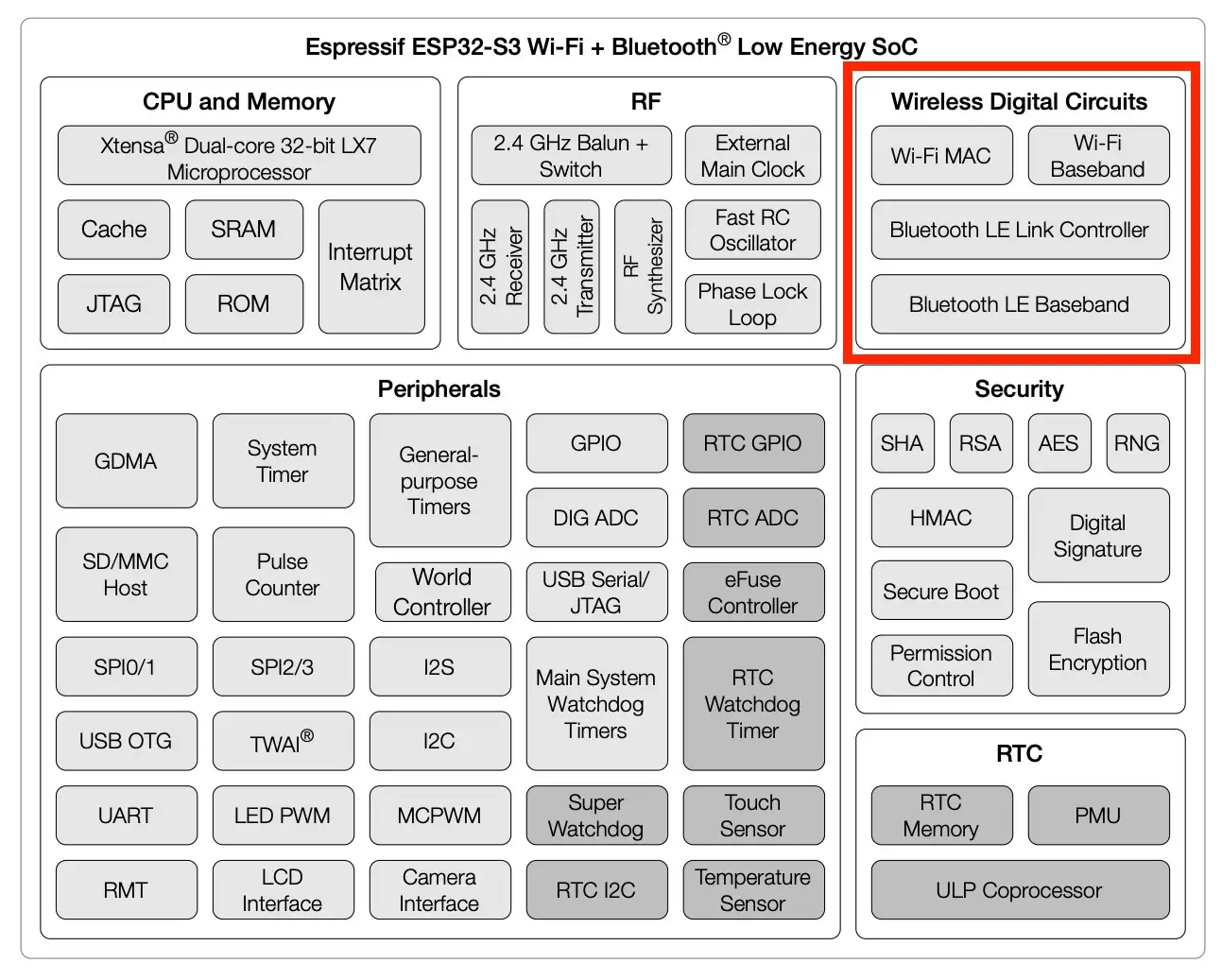
So instead, I pushed audio over USB serial. Turns out you can send a lot of data that way – around 7 Mbps in previous tests. For audio, I only needed ~32.2 KB/s (16 kHz, 16-bit samples).
And it worked beautifully.
I even had AI generate a little Web Serial Audio Studio for me:
- Oscilloscope
- Gain control
- Spectrogram (looks pretty, not sure it’s correct…)
- A glorious 1980s-style bar chart
- Pitch tuner
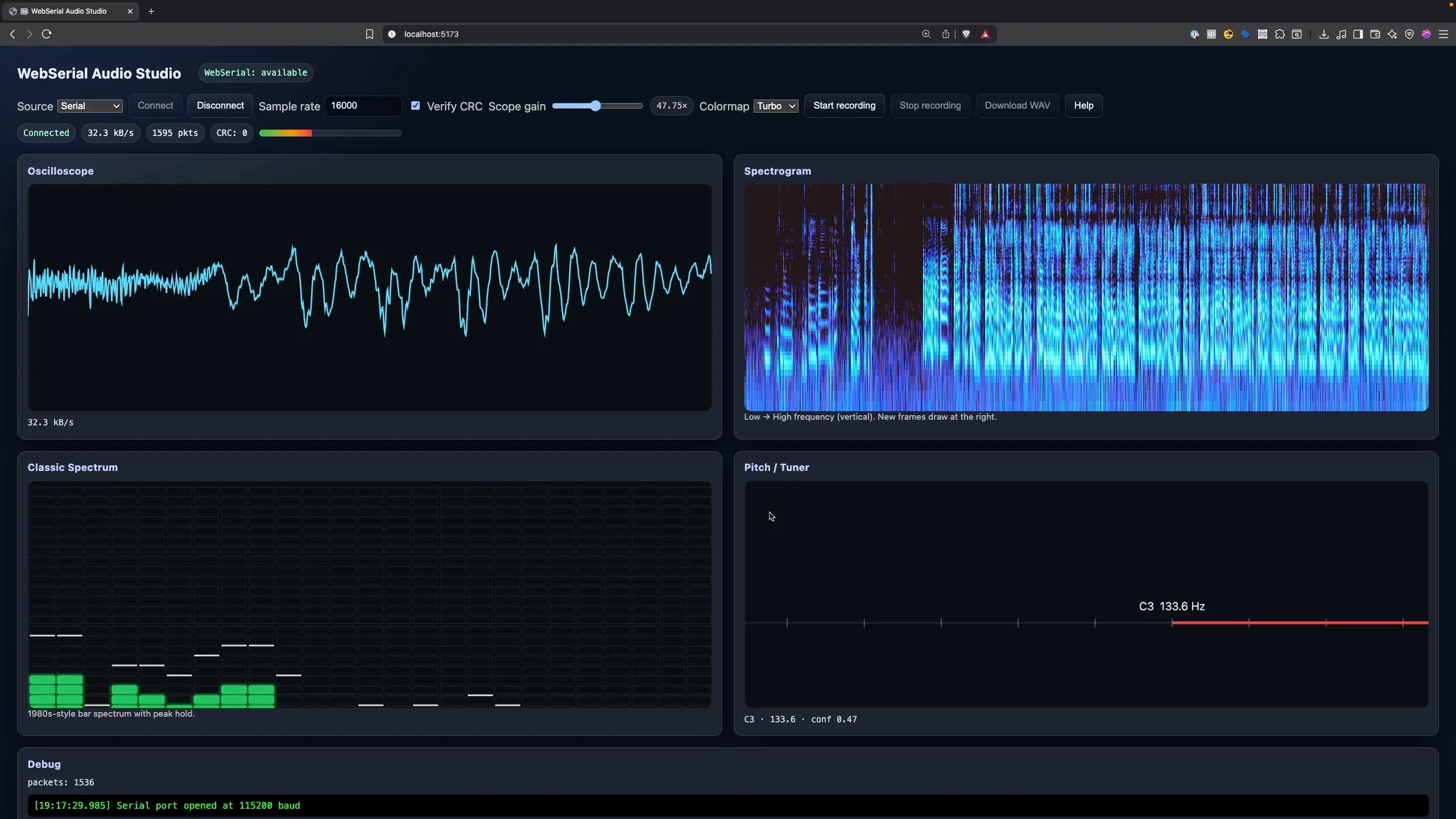
Hooking up a piano confirmed the pitch tuner was picking up notes correctly. Microphone test: ✅
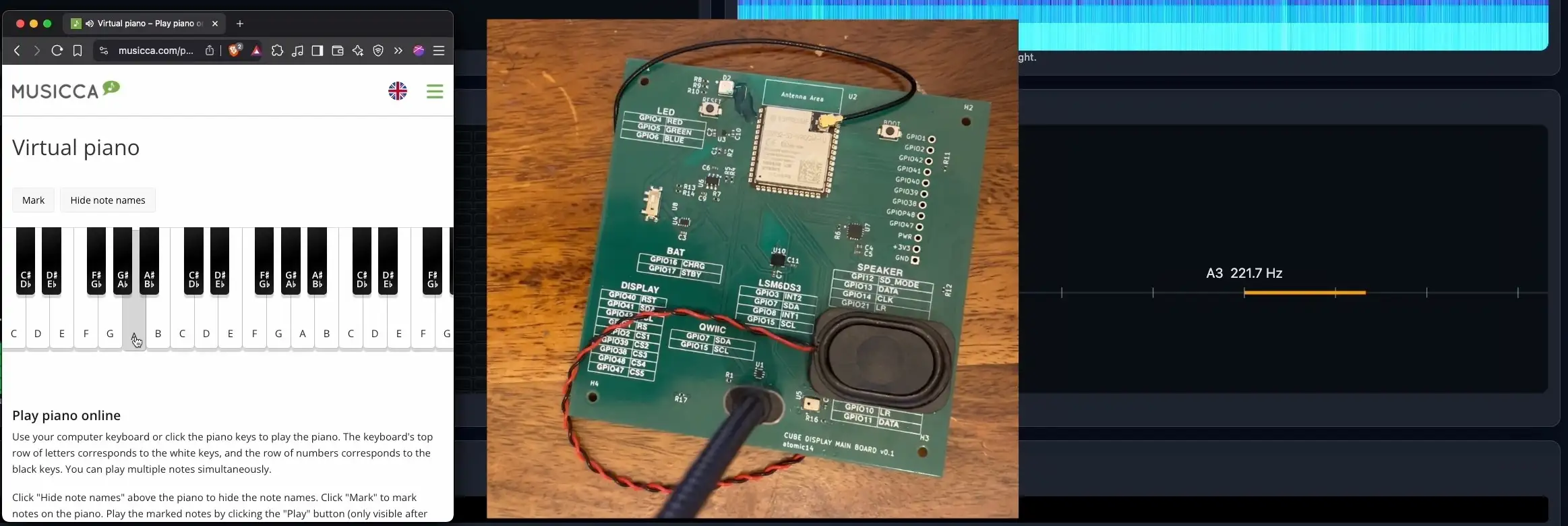
Moving to USB Audio (UAC)
Sending audio over serial worked fine, but then I remembered – the ESP32-S3 has native USB.
So why not make it into a USB Audio Class (UAC) device, like a USB headset or speaker?
And yes, it turns out you can.
The API gives you callbacks for:
- Output
- Input
- Mute
- Volume
The only catch: I couldn’t get the Arduino libraries to work. I had to switch over to ESP-IDF.
Thankfully, the ESP-IDF VS Code plugin makes that a lot easier with its explorer, build, and flash tools.
Limitations: Mac vs Windows
One big drawback:
- Tick “Support macOS” → Works on Mac, but not Windows.
- Untick it → Works on Windows, but not Mac.
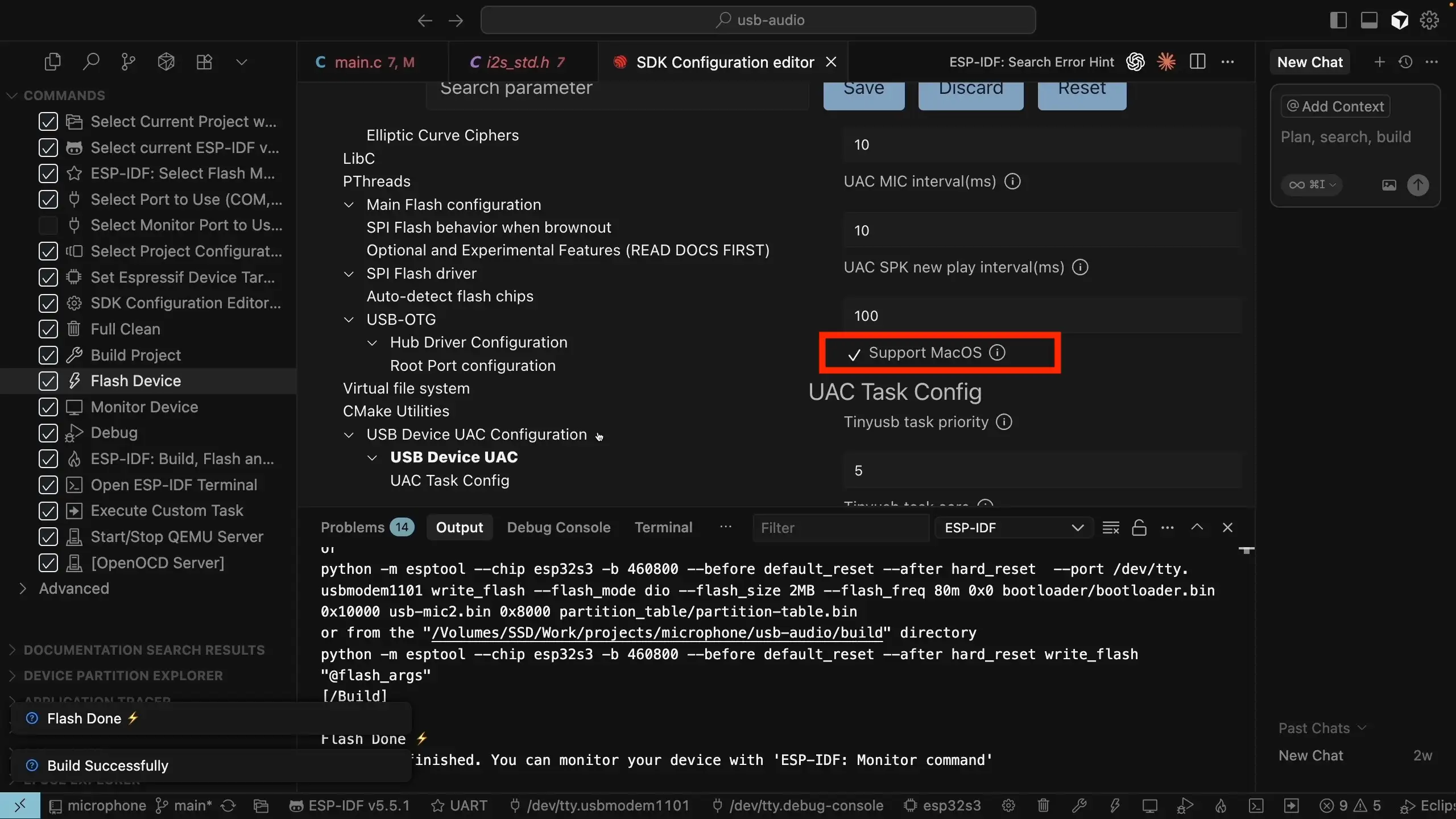
Pretty annoying, but let’s see how it performs anyway.
Microphone Over USB
Switching back to my audio studio, the ESP32-S3 appeared as a new USB UAC device.
Connected up, the audio streamed in just fine:
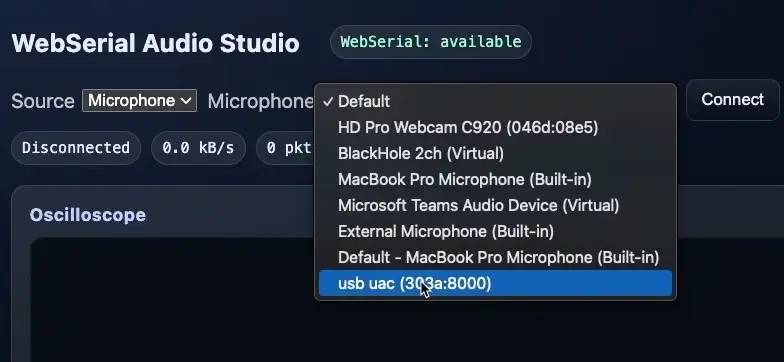
I recorded a test, pulled it into Audacity, and amplified it a bit (these microphones are sensitive, so raw audio often looks quiet).
Result: very clean! 🎤
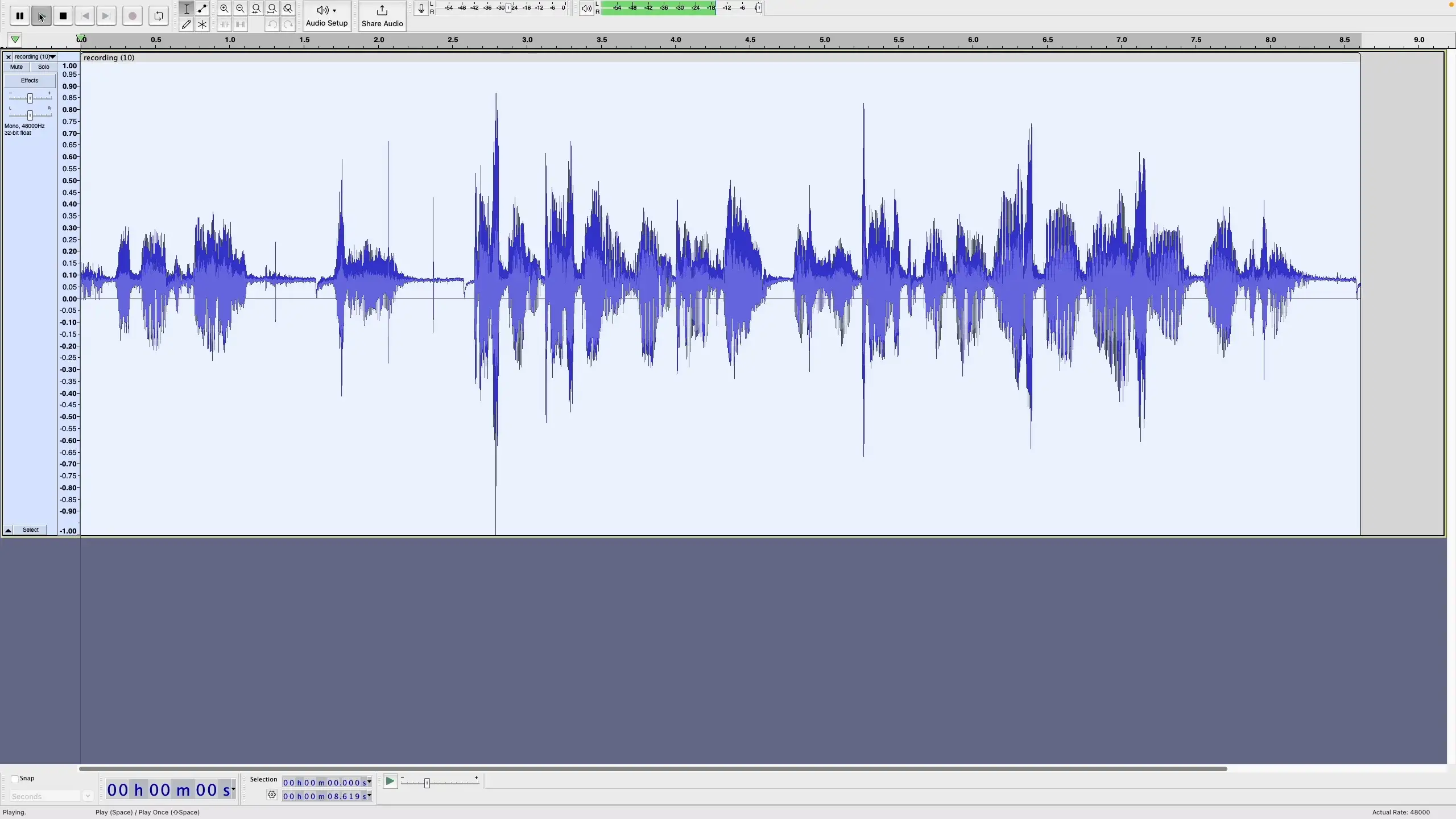
Speaker Over USB
The speaker was a different story.
At first, it worked – but the sound was very crackly when streaming via USB UAC. After a lot of head scratching, I still couldn’t fix it.
So I went back to basics: playing a WAV file directly from SPIFFS over I²S.
That sounded perfectly clean:
So clearly the hardware is fine – it’s the USB UAC speaker code that’s the problem. Microphone = great. Speaker = not quite there yet.
Final Verdict
So where are we?
- ✅ LED fixed
- ✅ Sensors working
- ✅ Battery charging fine
- ✅ Microphone excellent (both serial + USB)
- ⚠️ Speaker fine via I²S, but problematic via USB UAC
That’s good enough for me – this board has passed quality assurance.
There’s a full video here where you can listen to the audio: YouTube Link